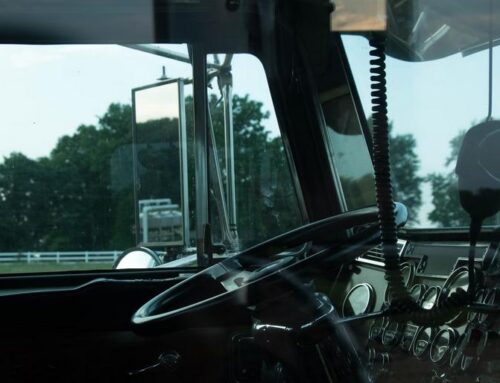Accidents can happen both at home and the workplace when dealing with any kind of product. Whether that is some form of heavy machinery or a vehicle, or some sort of medicine taken every day that was not created properly. When these accidents happen, the design of the product is taken into account when determining if the accident or injury was caused by the product itself. This can be done by looking at the inner workings of the machine and whether or not the machine is in fact faulty, or if a certain piece of a vehicle does not work as intended, or if a medicine causes unforeseen problems in those who take it.
However, there are limitations under the Indiana Products Liability Act. A person, when injured by a faulty product, must prove that the product was solely responsible for the injury. If there was another person liable for the injury, or if the person injured was not following standard operating procedures or was negligent when operating the machinery or vehicle, or when taking the medicine.
Recently, an Indiana Appellate Court case discussed the implications of a product liability claim when the person using the product was not following instructions or standard procedures when operating the machinery, and whether a company could still be held liable for an injury when something like this happens.
The Case: Hackney v. Pendu Mfg., Inc.
In this case, the product in question was a piece of heavy machinery designed to trim wooden boards. The plaintiff in this case, Hackney, was at work and was using the machine as intended. However, he had never read the instruction manual. While operating the machine, he noticed a piece of wood at the other end of the machine that could potentially cause the machine to jam. Hackney went to the other end of the machine to attempt to remove the piece of wood, and on his way over, passed two buttons that would have shut the machine off. He did not press either button, and the machine continued to run.
Hackney leaned over a guardrail while attempting to remove the piece of wood, and while he was doing so, his baggy sweatshirt was caught in the machine, ripping it off his body and injuring his arm and shoulder. Hackney sued the manufacturer, Pendu Manufacturing, for his injuries.
The trial court granted summary judgement for Pendu, and the case was brought before the Indiana Court of Appeals. The Appellate Court noted that there are three things that a plaintiff must show under the Indiana Products Liability Act – 1) the product is defective and unreasonably dangerous; 2) the defect existed when the product left the manufacturer; and 3) the defect was the proximate cause of the plaintiff’s injuries.
Here the court noted that Hackney was really at fault for his injuries. He did not read the operating manual and passed two buttons which would each have turned off the machine and prevented his injuries. The Court further noted that because Hackney’s actions were not foreseeable by Pendu, Pendu could not be held liable for Hackney’s injuries. His failure to read the manual on how to properly operate the machine, as well as his inability to press either button as he passed could not have been predictable by Pendu, and thus Pendu was not liable.
Have You Been Injured While Using a Product You Think is Defective?
Contact the experienced attorneys at the law firm of Hurst Limontes! We fight for our clients on a number of personal injury fronts, including products liability! Our attorneys have decades of combined experience and fight for our clients to get them the compensation they justly deserve. Call or email today for a free consultation!





